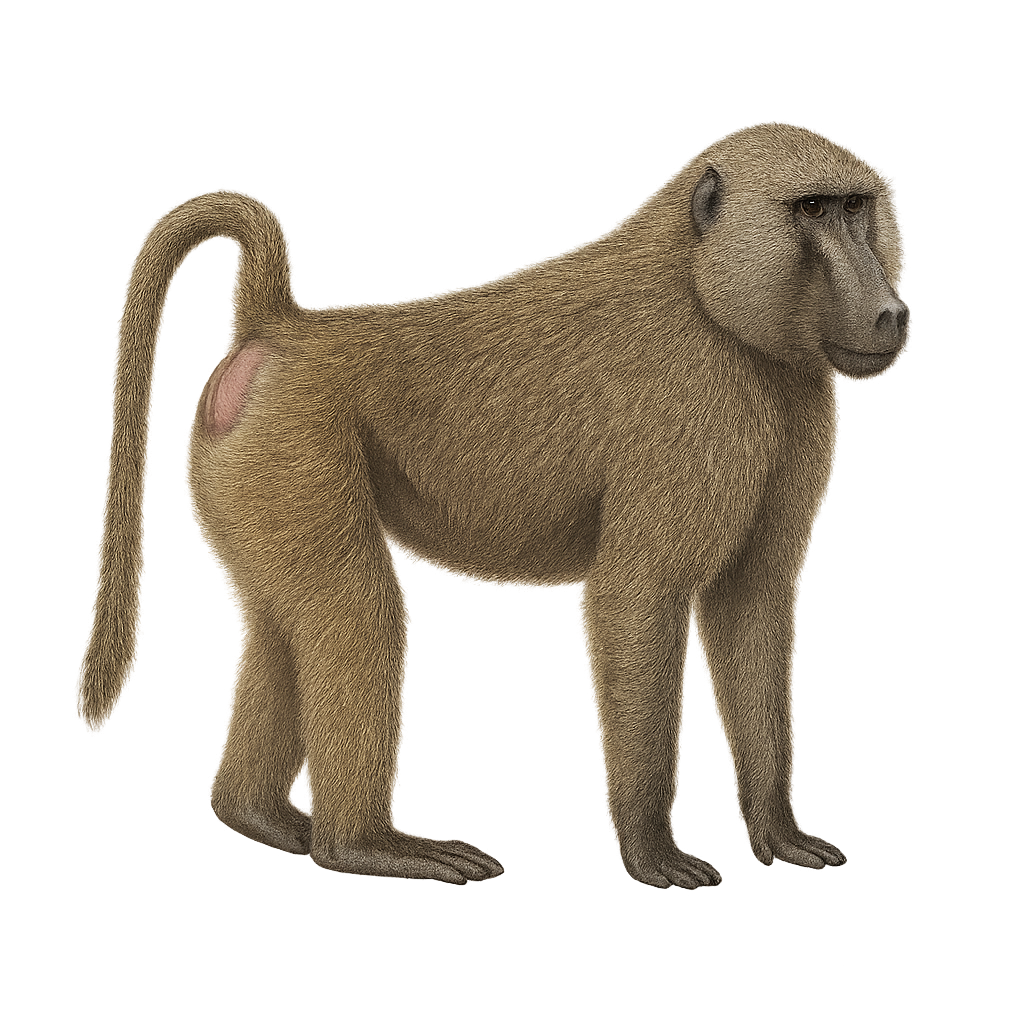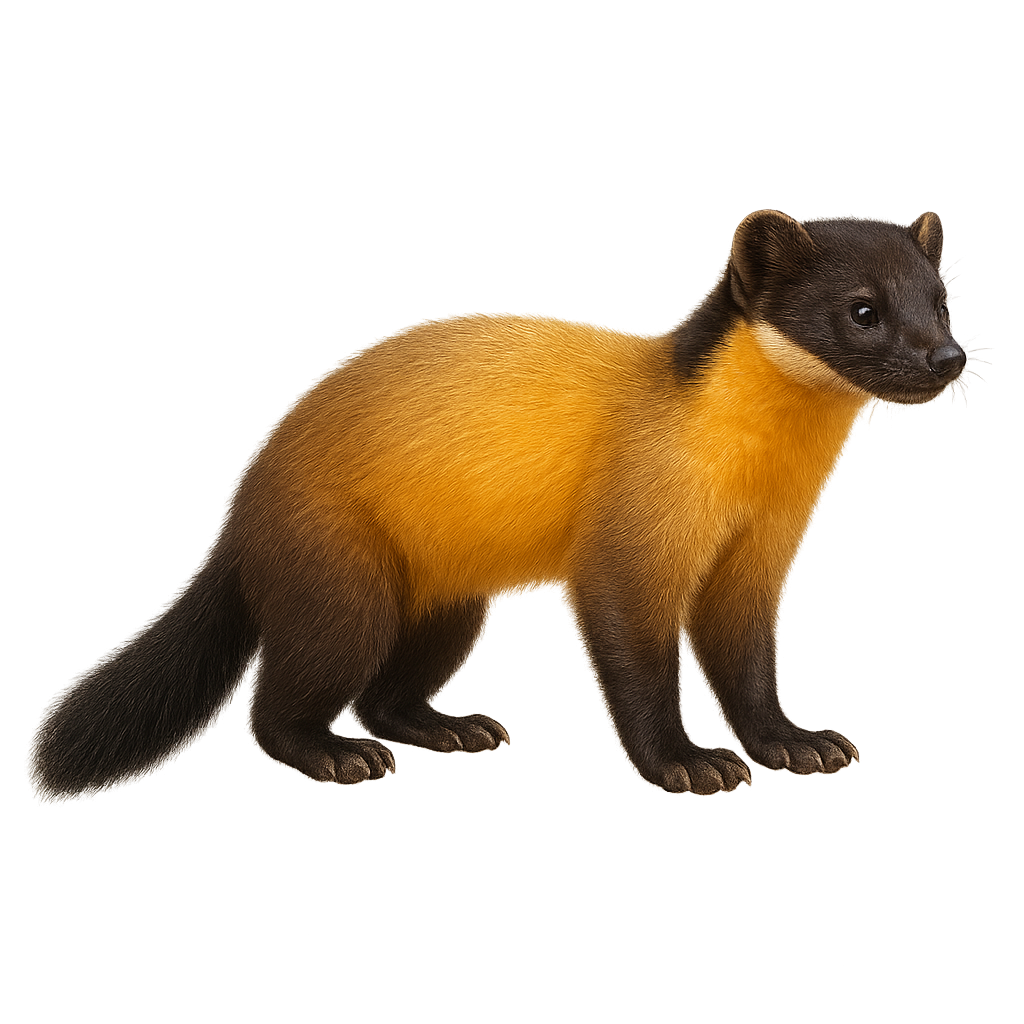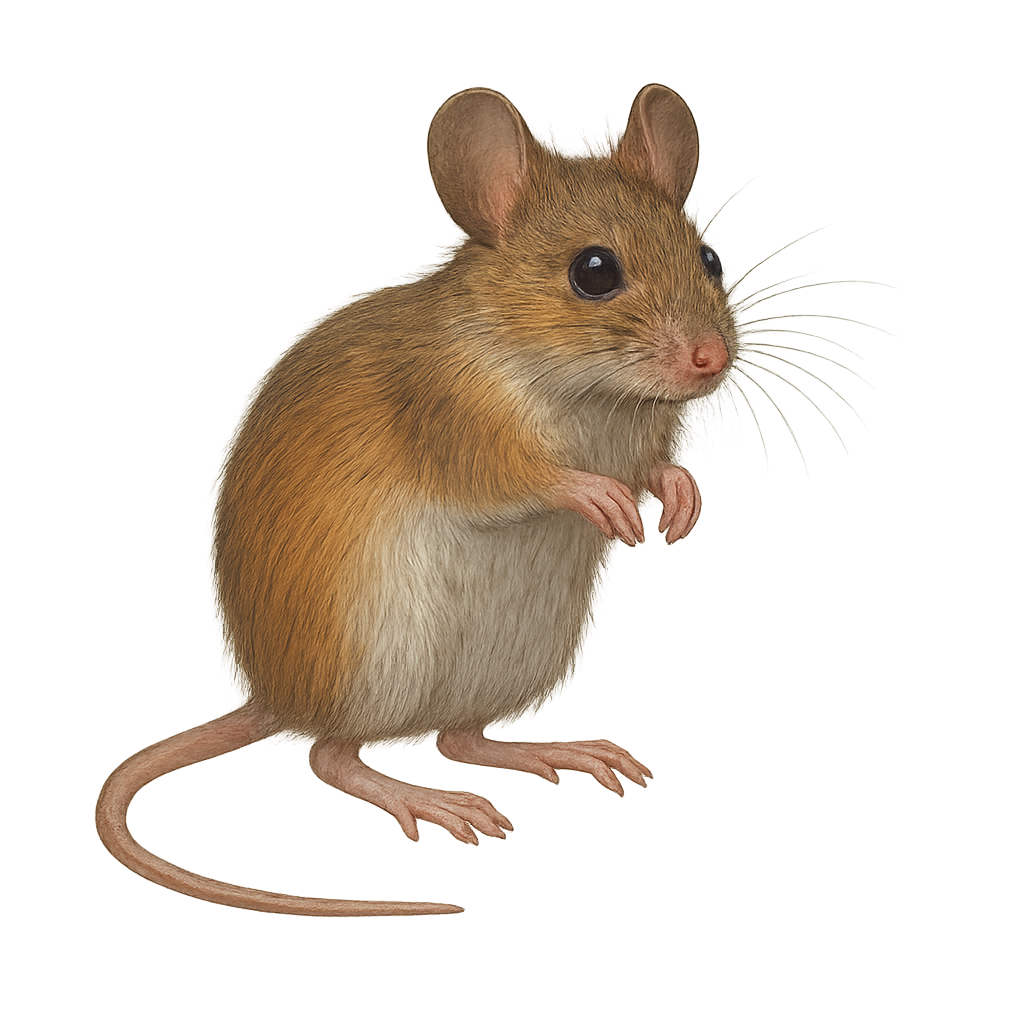Your wildlife tracking tool..
Browse 2,846species by country, track observations, and plan your photo outings.
Your global reference for wildlife photography
WildlifePhotographer gives you access to over 2,846 wildlife species sheets to help you identify, understand, and photograph wildlife around the world. Mammals, birds, reptiles… each sheet provides key information: habitat, activity, life cycle, signs of presence, and tailored photo tips.
Our database grows every week with new iconic species. To go further, access maps, reminders, logs, and personalized statistics in the app — designed to meet the real needs of wildlife photographers in the field.
Yellow Baboon
Papio cynocephalus
The yellow baboon, Papio cynocephalus, is a medium-sized primate known for its yellow-brown coat and elongated face. It primarily inhabits the savannas and open woodlands of East Africa. Yellow baboons are social animals, living in groups that can number up to 200 individuals. They have a complex social structure with well-established hierarchies. Omnivorous, they feed on fruits, seeds, insects, and small vertebrates. Their behavior is marked by great adaptability, allowing them to thrive in various environments. Yellow baboons play a crucial role in their ecosystem, particularly in seed dispersal.
Yangtze River dolphin
Lipotes vexillifer
The Baiji, or Yangtze River dolphin, was a freshwater dolphin species once endemic to the Yangtze River in China. Recognizable by its streamlined body and flag-like dorsal fin, the Baiji typically measured between 2 and 2.5 meters in length. Its skin was a pale gray, almost white, earning it the nickname "white dolphin of China." Unfortunately, due to pollution, overfishing, and dam construction, the Baiji is now considered extinct in the wild. Conservation efforts failed to reverse its rapid population decline, making it a symbol of the fragility of freshwater ecosystems.
Yellow-throated marten
Martes flavigula
The Yellow-throated marten, Martes flavigula, is a mustelid with a distinctive yellow throat contrasting with its dark brown body. Agile and fast, it moves easily through the dense forests of Southeast Asia and the Himalayas. Omnivorous, it feeds on small mammals, birds, fruits, and insects. Its climbing ability and natural curiosity make it an effective predator. Although primarily terrestrial, it is also comfortable in trees. The yellow-throated marten is known for its relative sociability compared to other martens, often seen in small groups. It plays a crucial role in the ecosystem by regulating prey populations and dispersing seeds.
Yunnan snub-nosed monkey
Rhinopithecus bieti
The Yunnan snub-nosed monkey (Rhinopithecus bieti) is a large arboreal primate measuring 74–83 cm in body length (excluding tail) and weighing 14–17 kg, distinguished by its striking black-and-white coat, pink lips and flattened nose lacking nasal bones. Endemic to the alpine coniferous and mixed forests of southwestern China at elevations between 3000 and 4500 m, it feeds mainly on tree lichens, supplemented by bamboo leaves, buds and occasional fruits. This dietary specialization and dense, insulating fur enable survival in subzero temperatures. Living in cohesive troops often exceeding 400 individuals, these monkeys exhibit synchronized group displays and vocal congregations that reinforce social bonds during long, harsh winters.
Yellow-necked mouse
Apodemus flavicollis
The yellow-necked mouse, Apodemus flavicollis, is a small rodent belonging to the Muridae family. It is characterized by a distinctive yellow band around its neck, contrasting with its reddish-brown back and white belly. Primarily nocturnal, it inhabits forests, hedgerows, and sometimes gardens. Its diet includes seeds, fruits, and insects. Agile and fast, it can evade predators effectively. It reproduces several times a year, with litters of 4 to 7 young. Although common, it plays a crucial role in the ecosystem by dispersing seeds and controlling insect populations.






